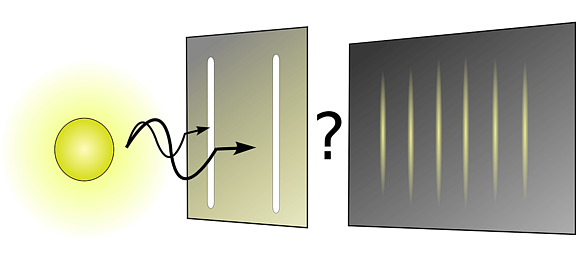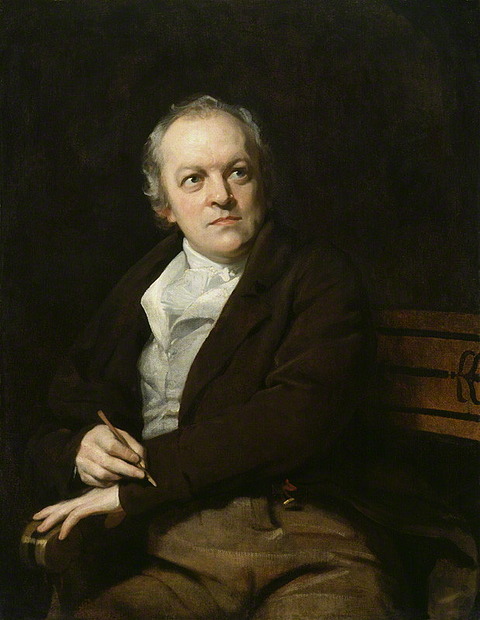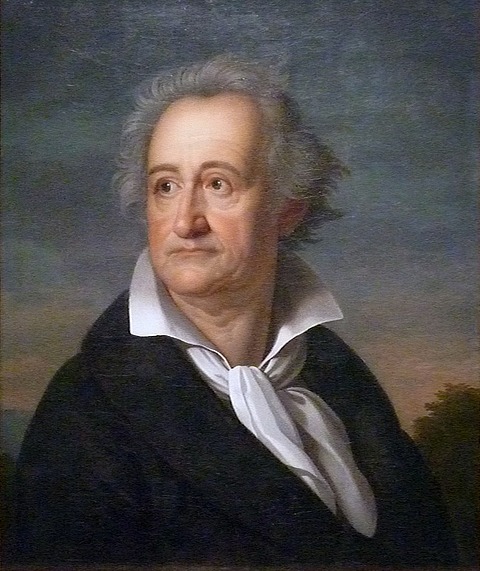
[#20] TEACHING REALITY: QUANTUM MECHANICS
[#20] Teaching Reality: Quantum Mechanics
By Piet Hut
Last week I wrote about teaching physical reality in a more honest way in high school, starting with the best theory we have of gravitation, general relativity. The other pillar of fundamental physics, also discovered early in the 20th century, is quantum mechanics, which is even more fun to teach without using mathematics.
It was a great shock for physicists, back in 1925, to realize that physical reality was not objective, in the simple way that Galileo, Newton, and others had envisioned. If two physicists perform the same experiment in a laboratory, the outcomes could be different, no matter how careful they would be in trying to reproduce each other's setup. This lack of strict reproducibility meant the end of a clockwork, purely mechanistic picture of the nature of physical reality. And yet, almost a century later, high school students are not generally taught this most amazing discovery.

More than two hundred years ago, the poets William Blake and Johann Wolfgang von Goethe both deplored the way that the natural science of their days presented matter as being purely mechanical in nature. They revolted against the idea that in principle everything is fixed, without any spontaneity. But fortunately, physicists did not listen to them, and did not try to make their physics theory more poetic, in any wishful way. Instead, they followed their own lights, and by golly, almost a century after Blake and Goethe died, they did indeed stumble upon significant limits to a naive picture of scientific objectivity.
Why not share with young students what quantum mechanics has told us, namely that everything that is not forbidden is mandatory -- just to mention one of the marvelous discoveries in quantum mechanics? When an object moves from A to B, it can be said to literally traverse any possible path, simultaneously, with equal weight. And it is only through the interference of these different paths that a final visible macroscopic trajectory appears that we then consider as the path taken by the object. John Wheeler, who was a master in coming up with snappy characterizations of deep truths, called this principle of equal contributions of all possible paths the democracy of histories.

As a illustration of this remarkable, and of course totally counter-intuitive fact, we can ask ourselves why it is that a ball, once released, follows a smooth trajectory. Why would it not follow a more erratic, kinky type of orbit? Quantum mechanics gives a very simple answer: for each path with a kink in it, neighboring trajectories will interfere to the point of cancelling the contribution of that path. Only smooth orbits stand at least a chance to survive the competition between them and their neighbors.
Explaining this in a classroom does not need any mathematics, and can be illustrated by simple pictures, and simple experiments, showing interference of the wave motions of light or sound. It even can be seen as a physics analogy to Darwin's idea of survival of the fittest (see my suggestion in a discussion on Brockman's Edge pages, and the much more detailed explorations by Wojciech Zurek and collaborators, several years later).
“There is no excuse for not sharing the remarkable nature of physical reality with any student in high school”
More recently, a beautiful hands-on teaching tool has appeared, called Quantum Moves, in the form of a videogame that invites its users to interactively experience and explore quantum effects. There really is no excuse anymore to not share the remarkable nature of physical reality with any student in high school. Or with anyone of any age, interested in getting a taste of our deepest understanding of the behavior of matter and energy in the world around us.
Piet Hut is President of YHouse (where this blog is hosted), Professor of Astrophysics and Head of the Program in Interdisciplinary Studies at the Institute for Advanced Study in Princeton, and a Principal Investigator and Councilor of the Earth-Life Science Institute in the Tokyo Institute of Technology.